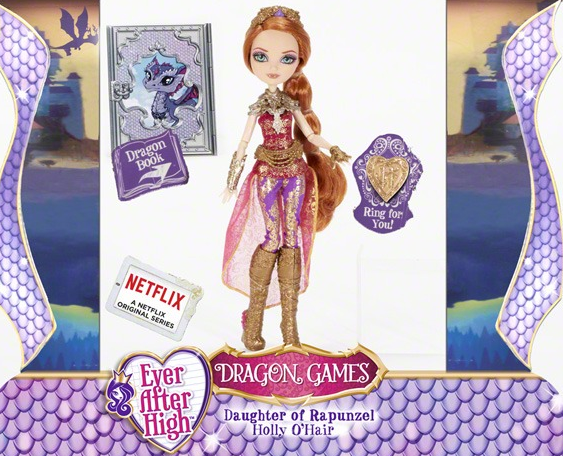

(Call of nature, perhaps? They are proverbially renowned for it…)īut then fairy tales aren’t known for their realism, or necessarily even for their moral lessons. One could take such an analysis further, and wonder why the bears have made porridge and then caused each of the servings somehow to manage to fall to different temperature levels or why, after they’ve gone to the trouble of making and serving up the food, they then choose that precise moment to go out. (Mind you, the insurance company would doubtless throw out any claim made by the bears for their broken chair: after all, they left their property unlocked.) She’s lucky she doesn’t come a-cropper when the bears get home indeed, in some early versions, she only narrowly escapes being devoured by them – a high price to pay for a bowl of porridge. She’s been allowed to wander off on her own (where are her parents, one wonders, and what happened to parental supervision?), and then when she finds a place that is very obviously and recognisably Someone Else’s House, she decides to walk right in and help herself to whatever she can find. But where does curiosity give way to downright rudeness? Goldilocks is not a particularly pleasant child. The Goldilocks story might nevertheless be viewed as a classic cautionary tale about the dangers of going off and exploring unknown places. Paul’s churchyard, which would make sitting down in any chair, whether yours or someone else’s, difficult for a good while after.)

(By contrast, in an earlier version before the female intruder became Goldilocks, the old woman ends up impaled on a steeple in St. She’s a child and so, we are to infer, doesn’t really understand why her actions are wrong. The fact that in each case, it’s the hapless Baby Bear whose porridge is eaten, whose chair is broken, and whose bedsheets will have to go straight in the wash, aligns the child Goldilocks with the child of the ursine family unit. But then in most versions of the tale, Goldilocks gets a quick fright and nothing more: she undergoes no punishment or real peril, and there’s no sign at the end of the tale that she’s learned her lesson. But it’s hard to say what the moral is, exactly.Īt best, it’s implicit in the story: don’t go about nicking other people’s food or using their stuff, because if you take your eye off the ball they may find you out – and they might be big and fearsome and present a real danger to you. How should we analyse this curious little tale? It’s obviously great fun in that it contains adventure, a woodland jaunt gone wrong, and talking animals – a formula for success, if ever there was one, when it comes to children’s fairy tales. Several versions of the fairy tale published in the mid-nineteenth century altered the three bears into a family trio, yet somewhat confusingly, in the accompanying illustrations, the bears are all male and all the same size. The evolution of the three bears from Southey’s all-male trio into a family unit was not without its bumps and false starts, either.


 0 kommentar(er)
0 kommentar(er)
